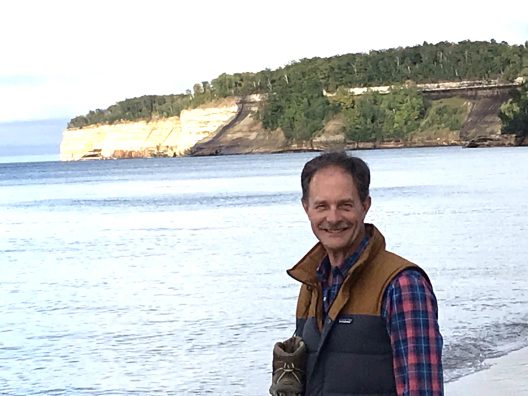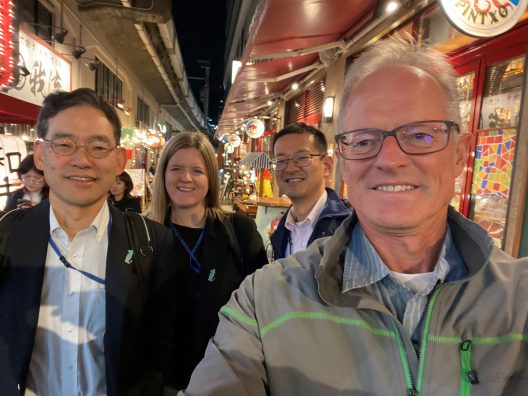Washed in on the Tide: Alumni Updates
By Dave Fluharty

Brian Offord (1983)
By Brian Offord
I worked for the office of the Governor in the States of Hawaii and Washington, and US Territories, Northern Mariana Islands, as manager of coastal zone and marine programs in the Pacific Region, and major riverine and estuarine stems the Columbia River and Puget Sound. It has been and remains a very gratifying experience that has given me opportunities for broad involvement in a variety of disciplines. Marine and environmental affairs have remained a cornerstone of my career, even as I diversified and developed expertise in a variety of related or supporting careers. Environmental affairs opened the way to other careers in related disciplines or supporting specialties, i.e., emergency planning emergency management/dispute resolution, conflict management, interagency coordination, hazardous material spill response and cleanup, and human health risk assessment. I also joined the U.S. military, serving primarily in the Coast Guard as well as all the other services, teaching national security strategy and policy at several institutes of higher education, the Naval and Army War Colleges and the National Defense University rising up through the ranks and retiring at the naval rank of Captain.
Andrew Kenefick (2023)
Advocacy Committee Chair for Washington State Trout Unlimited, is quoted in the Spring 2024 issue of Trout – quarterly magazine of Trout Unlimited – in the article “Tires Kill Salmon (and Trout): The True Story of How a Common, Though Hidden, Fish-killer Was Uncovered.” The hidden killer is the ubiquitous chemical 6PPD-quinone that is added to tires to protect them from the ravages of street level ozone. One tenth of a part per billion of 6-PPD is toxic to Coho salmon. Kenefick says, “Even if we identify good treatment technologies, it will be a monumental task to capture and treat stormwater flowing off the vast network of roads, parking lots and sports fields into the many salmon spawning streams. Not only will the upfront work be daunting, but there will be a huge amount of ongoing maintenance to keep these treatment systems effective and operating as designed.”
Jamie Goen (2000)
Executive Director of the Alaska Bering Sea Crabbers Association has been appointed to the National Marine Fisheries Service’s prestigious Marine Advisory Committee (MAFAC). MAFAC is composed of 21 representative stakeholders from all marine regions of the United States. It advises the NOAA Fisheries Assistant Administrator on national marine life policies, e.g., climate-ready fisheries, fisheries management and fishing communities. Congratulations, Jamie!
SMEA mini-reunion at North Pacific Fishery Commission (NPFC) meeting in Osaka, Japan in April 2024. The North Pacific Fisheries Commission (NPFC) is an inter-governmental organization established by the Convention on the Conservation and Management of High Seas Fisheries Resources in the North Pacific Ocean. The objective of the Convention is to ensure the long-term conservation and sustainable use of the fisheries resources in the Convention Area while protecting the marine ecosystems of the North Pacific Ocean in which these resources occur. Current Members include: Canada, China, the European Union, Japan, the Republic of Korea, the Russian Federation, Chinese Taipei, the United States of America and Vanuatu. At it’s 8th Annual Meeting key actions taken improved fisheries management, labor standards, and restricted Illegal, Unregulated and Unreported fishing.

SMEA is well represented on the NPFC with Shingo Ota (1991) being the Chair of NPFC and with Wataru Tanoue (2015) representing Japan. Dan Hull (1993) is a US Commissioner and Megan Willmann (2022) represents the US Coast Guard. At the mini-SMEA-reunion Dan Hull reports that, “We shared stories of our experiences at SMEA, and thoughts for the future about maintaining the historical connections between the UW and Japan.